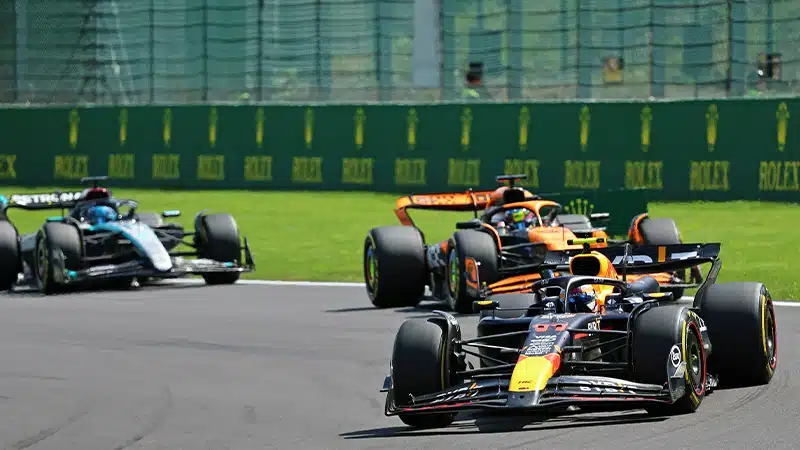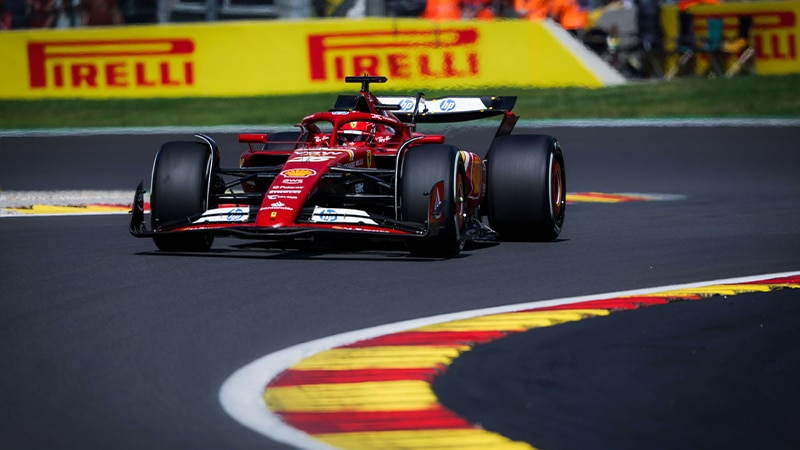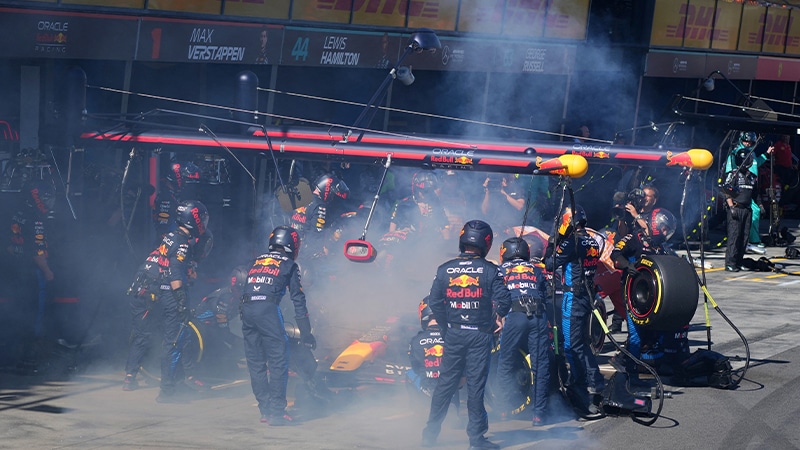It would be an exaggeration of the effect of loosening the differential but working earlier in the turn. Essentially it would give a mild handbrake turn effect, so giving you the low-speed agility without having to make the front wing work so hard that it becomes a problem at high speed. It revisits McLaren’s 1998 banned ‘fiddle brake’ (an extra rear brake on each wheel operated by an extra pedal and a switch to determine which side was being applied) but in a generation of car in which that low corner agility is more sorely needed.
Inevitably when the revised regulation was announced, speculation was rife about which team or teams may have been using such a system. There have even been stories linking it to one team, but the details are vague and the supposed timings suspect. Not that it would have been breaking the letter of the regulations as they were. But there’s no ambiguity now.
There have, though, been several incidents through the season (and even last season), which might be seen as supporting the possibility of asymmetric braking having been used. Let’s run through three of the top teams: Red Bull, McLaren and Mercedes.
Red Bull
In Melbourne this year Max Verstappen retired from the race on lap two with his left-rear brakes ablaze after a reported preparation error resulted in the Red Bull’s caliper sticking on. Before he pulled in, it was giving Verstappen way too much of a handbrake effect and his wrestle for control of the car through Turn 3 is what allowed Carlos Sainz to pounce and take the lead. Twelve months earlier at the same track Verstappen and team-mate Sergio Perez were troubled in Friday practice by a rear caliper taking too long to release and giving some entry instability. Perez crashed out of Q1 insisting the problem was still there, but the team insisted it could find no technical problem with the car.











